Hodgdon Powder offers the largest selection of quality smokeless propellants for any reloading application.
Hodgdon H4895 is the most versatileHodgdon rifle powder. This member of the Extreme Extruded line powder is great for 17 Remington, 250-3000 Savage, 308 Winchester and 458 Winchester, to name just a few. It is amazingly accurate in every cartridge where it is listed in Hodgdon load data. It had its origin in the 30-06 as a military powder and was the first powder Hodgdon sold to the loading public.
Warning About Smokeless Powder:
- Do not exceed the loads displayed in the reloaders guide.
- Never mix any two powders regardless of type, brand, or source.
- Never substitute any smokeless powder for Black Powder or any Black Powder substitute.


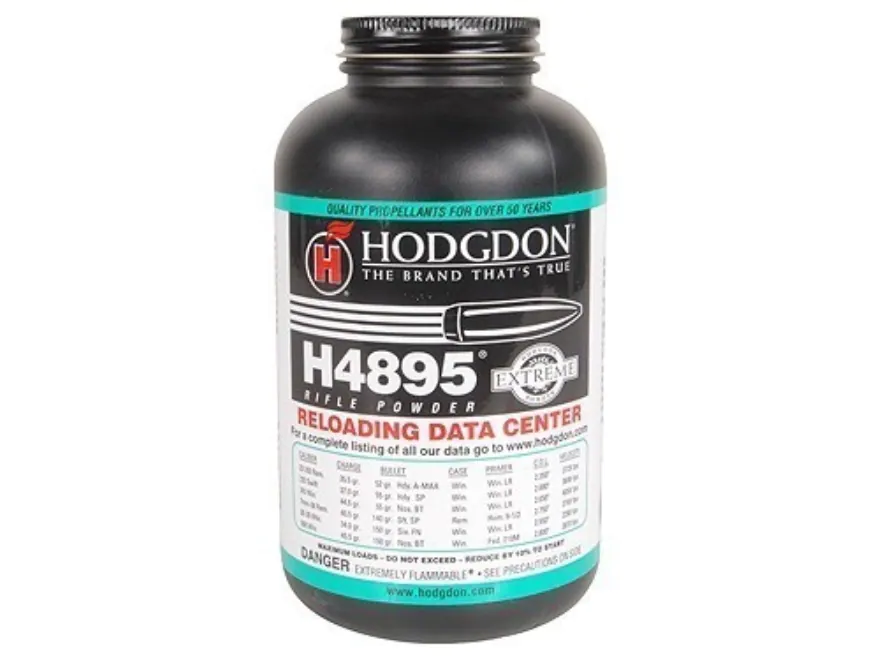

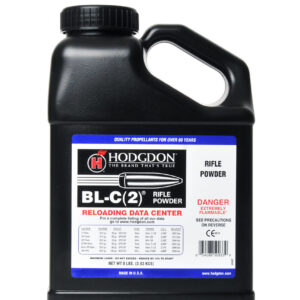
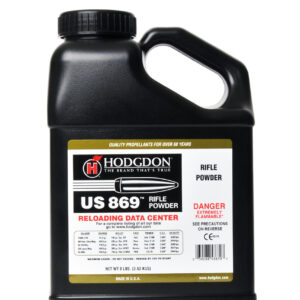
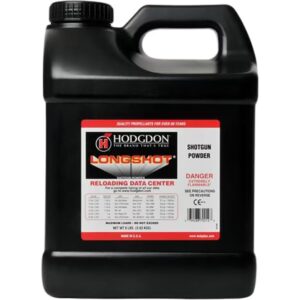
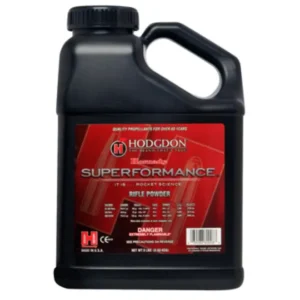
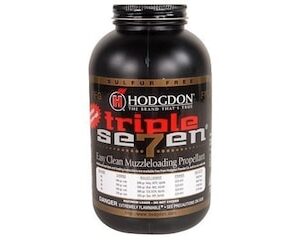
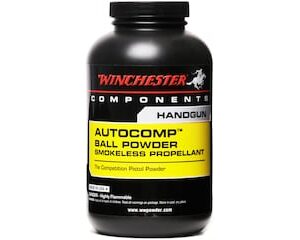
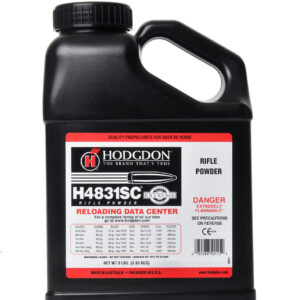
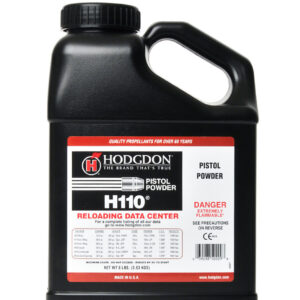
Reviews
There are no reviews yet.